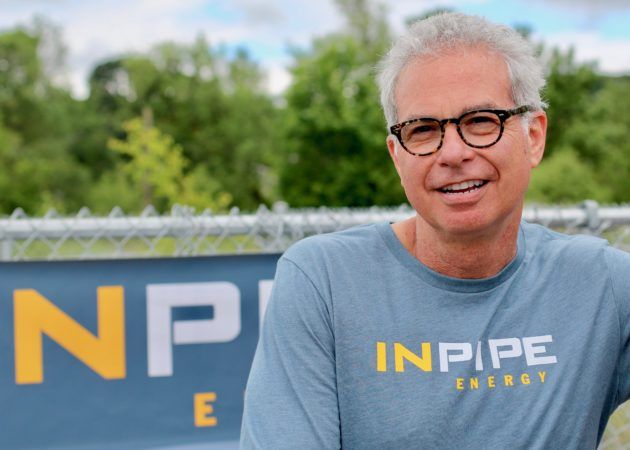InPipe Energy Harnesses Power from Water Running Through Pipes
Published on by Water Network Research, Official research team of The Water Network in Technology
What if the energy used to move water through pipes could be converted into usable electricity? That question was the start of InPipe Energy, a Portland-based startup that has developed a system to convert running water into clean energy.
 Gregg Semler has spent the past 17 years focused on innovations that can make civilization more sustainable, from energy and air to agriculture. That work revealed an underutilized resource for clean, renewable energy: modern plumbing.
Gregg Semler has spent the past 17 years focused on innovations that can make civilization more sustainable, from energy and air to agriculture. That work revealed an underutilized resource for clean, renewable energy: modern plumbing.
The six-person InPipe Energy team developed a prototype of the system and first tested it at Oregon State University. The company officially launched in 2016.

InPipe Energy CEO Gregg Semler. (InPipe Energy Photo)
“InPipe Energy is a renewable energy and smart water technology company. We focus on generating low cost, clean electricity from the flow of water in existing pressurized water pipelines. This novel approach to integrating water and energy infrastructure improves water management, recaptures wasted energy, optimizes power grid services, reduces carbon, and makes money for our client hosts and investors.
We call it Hydropower 2.0 — all the benefits of hydroelectricity (low cost, clean energy) with no environmental impact. Our micro-hydro solution captures clean energy and creates new ways to improve water and power efficiency.”
“The problem, and the opportunity, is excess pressure. When water is moved through pipes, the water is under pressure. And that pressure must be adjusted and controlled at each point of delivery. For this purpose, water managers use Pressure Reducing Valves (PRVs), which are installed at various points along a pipeline. Numbering in the hundreds for most major water systems, PRVs are absolutely critical to balancing pressures in water pipelines; but, they are often aged, require daily monitoring and maintenance, and typically are not electronically controlled. Flowing water seems like such a waste of energy with so many benefits to converting this waste stream to valuable energy. So we developed a system that converts this running water to electricity. It’s very inexpensive and low risk to integrate into existing infrastructure.”
“We developed a robust solution that is made up of software and well-known hardware so that there is virtually no risk to adoption.”
The smartest move they’ve made so far, as samler says: “Building a full-scale working prototype at Oregon State University. We have been able to showcase the system and demonstrate how we control pressure and efficiently and reliably produce low-cost electricity.”
They've also made a mistake: “We’ve underestimated the global interest in InPipe Energy. We’re very lucky in the U.S. We have an abundance of water and low-cost electricity. But, outside the U.S., much of the developing world has very high energy prices (two, three, four times the U.S.) and often times it is intermittent. We will be able to help these economies but first, we must do it in the U.S. as that is where our capital will come from initially.”
Source: Gears of Biz
Media
Taxonomy
- Energy
- Infrastructure
- Utility Pipe Network
- Energy
- Pipelines
- Pipes and Pipelines